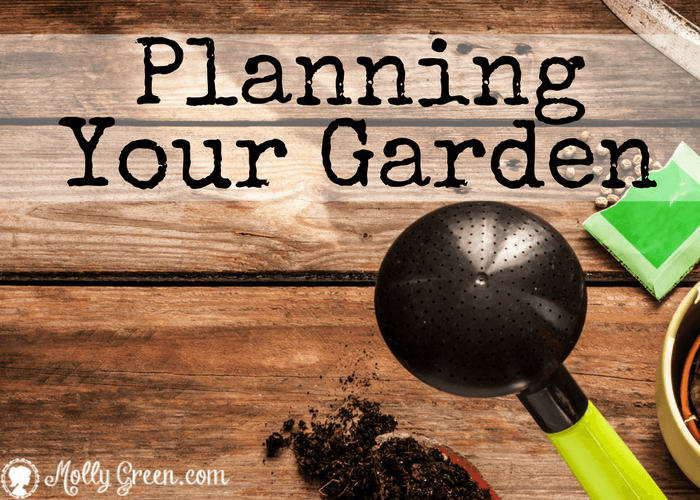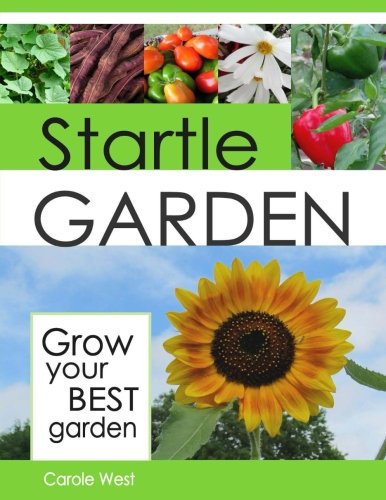By Sherri Lyons
So you want to learn how to start your first garden. Gow your own fruits and vegetables. Become more self-sufficient.
Learning how to start your first garden is a gratifying experience that produces heaps of rewards, but it can be daunting to dig your first hole. In this post, we’ll talk about the benefits of homestead gardening, how to select your first crops, and how to plan your planting season. If your looking for an urban homesteading approach your might try hydroponic gardening. Let’s dive right in.
Why Start Your Own Garden?
The benefits of starting your own garden are plentiful, but here is a starting list:
- Creates self-sufficiency
- Saves money (up to $600 per year)
- Homegrown produce has more nutrients than grocery-store varieties
- Homegrown produce tastes more vibrant than grocery-store varieties
- Encourages canning/ preserving
- Allows your entire family to learn about the food you eat
- Allows your kids to learn about working for their food
Selecting your First Seeds to Garden
If cauliflower and celery are in your dream garden, you may need to rethink your first-year selections. These two seemingly ordinary plants are actually some of the toughest to grow. So which veggies and fruits are easy?
Easy Vegetables to Grow in Your First Garden
Generally speaking, the following are easy to grow throughout the United States. However, you should always research what’s best for your region.
- Leafy Greens
- Green Beans
- Zucchini Squash (growing tips)
- Tomatoes
- Peppers
- Cucumber
- Asparagus
The veggies above have different varieties that may work better for your climate zone so if you plan to order seeds online, be sure you check the seed type is compatible with your region.
If you want to include a “fun” vegetable in your garden, set up an area just for experimenting. This is where you can plant the seeds of the vegetables that are tricky or you have never tried.
Other Things to Consider
- Check out if your seeds are disease-resistant or drought-resistant
- If they need a certain type of soil
- How long it takes to mature – some places don’t have a long growing season
How to Plan Your Season
After choosing your vegetables, you need to figure out how many plants to put in your garden. You can do this by finding out how much you and your family eat and how much each plant yields.
For me, If you were to fix green beans once a week, you would need at least 52 quarts of green beans canned for the year. Then, since I’ve already done my homework on how much certain bean plants yield, I can figure out how much to plant. When it comes to beans, there is a 2 (pounds) to 1 (quart) ratio. If I need 52 quarts of beans, I will need 104 pounds of beans. A bushel of beans weighs around 30 pounds. Therefore, I will need around 3 1/2 bushels of beans to make 52 quarts.
This is not an exact science. It can be a little different each year. Also, if you want to give any away or sell or trade for something you didn’t grow, you’ll need to plant more.
Now when it comes to tomatoes, we have to consider all of the different types of food that we use tomatoes in, things like tomato juice or catsup. Keep in mind that more tomatoes go into making these than what it would be to just have sliced tomatoes for dinner. We can plenty of tomato juice in the summer and use it for soups in the fall and winter. So we make sure we plant plenty of tomatoes.
You may not be interested in canning your food just yet. That’s fine also. Just eat what’s in season and share with those around you or freeze some items. Once you have all of this is figured out, nothing is holding you back—other than possibly the weather. Start planting.
More Resources
Want some simple and easy techniques to help you start? Check out this book!
Sherri lives with her husband on a farm in the Appalachian foothills. They grow a garden and preserve the bounty from it. They also have cattle, horses, rabbits, and chickens. They grow what they eat, and eat what they grow. You can follow their adventures on her blog at www.smallfarmgirl.blogspot.com.







